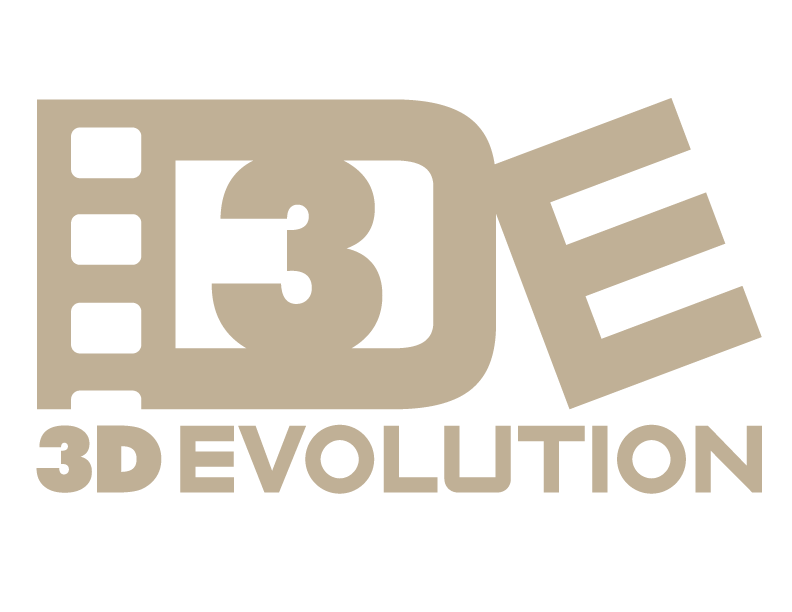by Dirk Gombos
Last week we discussed how AR and VR are the hot new emerging technologies. This week we are going to dive a bit deeper into the history of AR and who is out there and what they are creating.
Steve Mann is the father of Augmented Reality (AR). LAYAR from The Netherlands uses GPS and compass: so you can point your cell phone at a sign and it will tell you info about it. There is also , a AR start-up, working on integrating with Android and make a 3D typing app in air. Par Works, does data overlay for AR. Blippar is a phone based AR app that you point to an ad or sign for information.
Intel is making an Industrial based product for AR, so it does not want to compete with consumer product of Google glass (fizzled out, but spurning new tech) and Hololens from Microsoft (below coming soon).
AR from what we read after the wow factor stuff is taken away seems it will be a day to day common use, i.e. at grocery stores or in foreign country looking at signs and menus, etc...
Whereas entertainment, education and the like will have a combo of AR and VR 360 used to really put you in the AR action.
Company called Total Immersion, does baseball card AR overlays. There is a human Pac man, which gives you motion of AR, but you must still wear a headset. A Canadian company, EH, has sold AR tech to the US military, they are called Arcane Technologies.
So yes, the future is AR, but 3D and VR 360 will still serve a part and currently is the space to be in.
Let us look at a few limitations and not get caught up in all the glory. GPS is a large part of AR and currently we get 30ft or 9 M. Cell phones have a small screen and will not be the great final home for AR, more likely glasses of HMD companies will revolutionize and perhaps make cell phones extinct in the future? The graduation into AR, will impose a Too Much Information and social etiquette/privacy issues, and we think people will eventually learn to use it, like TV’s/video game consoles/cell phones, in some final way, some author’s point towards a day to day sparingly used for real world applications.
Entertainment, education, advertising verticals will get a huge impact of positive use from AR landscape “For Sale” in the mediated reality, which could be something to look at in conjunction with post production, and AR experimentation facility/ landscape production via 3D and 360? People feel we will, have 20/20 AR Vision by 2020, catchy phrase but is it true to have the complete answer, time will tell.
Next week we shall discuss the definitions of VR and AR and how 3DE will move forward today into tomorrow…


